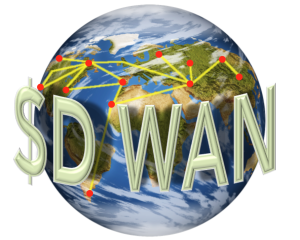Monitoring Our Network Infrastructure With Sensu
Cumulus Networks provides a service known as the Cumulus Workbench. This service is an infrastructure made of physical switches, virtual machines running in Google Compute Engine (GCE), virtual machines running on our own hardware and bare metal servers. It allows prospective customers and partners to prototype network topologies, test out different configuration management tools, and get a general feeling for open networking. The workbench is also utilized for our boot camp classes.
Right now, we are completely rewriting the workbench backend! Many of the changes that we’re making are to the technical plumbing, so they’re behind the scenes. Monitoring the various workbench components is critical, as any downtime can easily affect a prospective sale or even an in-progress training session. Since our infrastructure is a mix of virtual machines, physical servers and switches, I needed one place to help me monitor the health of the entire system.
We use Puppet for automating our internal infrastructure. I chose Puppet since it holds most of my operational experience, but I firmly believe that the best automation tool is the one that you choose to use! If you want more details on how we use Puppet for automation, I will be speaking in Continue reading




 Terry Matthews' favorite cloud management startup also seals a deal with Rackspace.
Terry Matthews' favorite cloud management startup also seals a deal with Rackspace. Cloud-based storage needs a disconnect, the startup believes.
Cloud-based storage needs a disconnect, the startup believes.